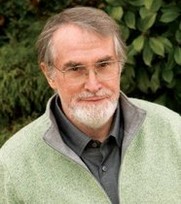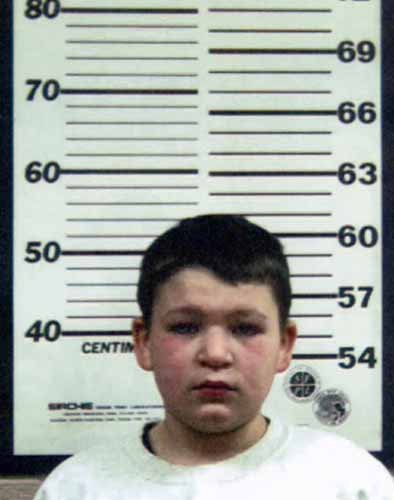For the past several weeks, I have had an interesting and troubling email exchange with Dr. E. Fuller Torrey, perhaps the most controversial psychiatrist in America. He’s also one of the most influential.
Today, Dr. Torrey is best known for his campaign to get Assisted Outpatient Treatment laws passed. An example is Kendra’s law. There’s plenty on the Internet — pro and con — about AOT. 
It would be a mistake, however, to believe that Dr. Torrey’s impact has only been in promoting AOT legislation. He has been sounding alarm bells and criticizing our mental health system for decades. Among other things, he has founded two organizations. The Stanley Medical Research Institute is a nonprofit organization that supports research looking for the causes and treatment of schizophrenia and bipolar disorder. According to its webpage, it has given away more than $300 million since 1989 for research, mostly outside the U.S. The second group is the Treatment Advocacy Center which describes it’s purpose as “eliminating barriers to the timely and effective treatment of severe mental illness.” TAC’s main focus is pushing for passage of AOT laws.




